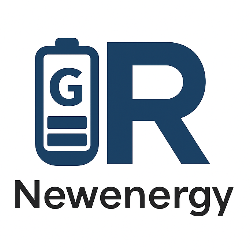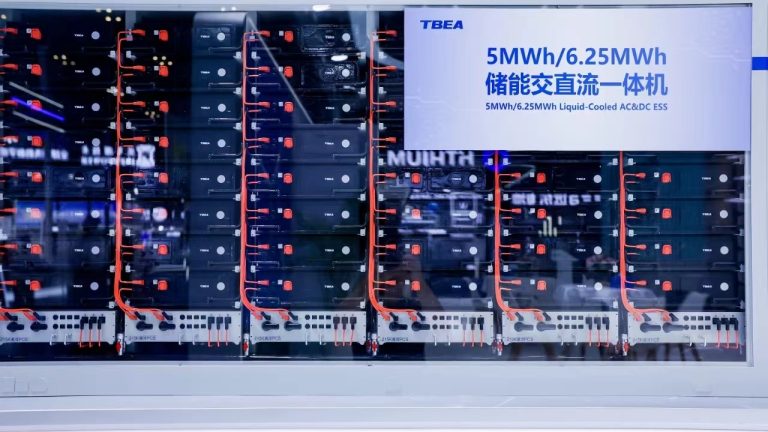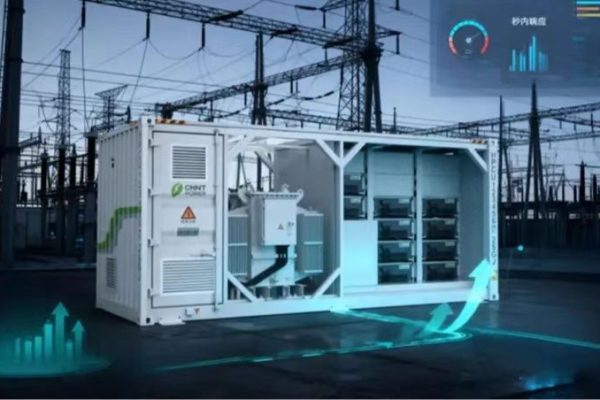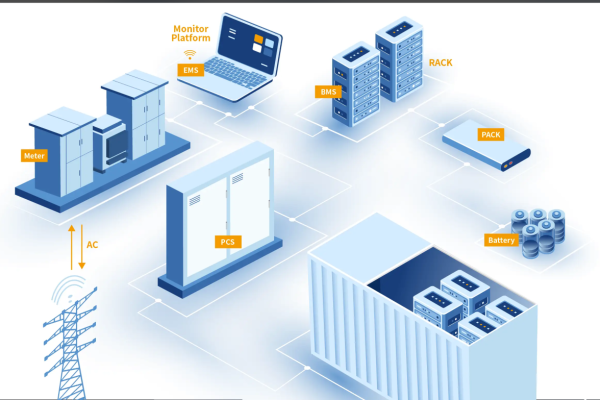Making the Right Choice for Your PV + Storage Business
1. Two Paths to the Same Goal
When it comes to delivering PV + storage systems, companies have two main approaches:
- Buy pre-integrated systems – fully assembled cabinets or racks from a manufacturer.
- Assemble locally – source components (batteries, inverters, BMS, accessories) and integrate them in-house.
Both paths can lead to high-performing systems — but the choice impacts costs, timelines, quality control, and scalability.
2. What Pre-Integrated Systems Offer
A pre-integrated system arrives factory-built, tested, and certified.
Key features:
- All components pre-wired and configured.
- Factory acceptance testing (FAT) completed before shipping.
- Turnkey installation — often “plug-and-play.”
Advantages:
- Speed to deployment – Ideal for urgent projects.
- Lower labor requirements – Less skilled integration work on-site.
- Single point of responsibility – Simplified warranty and after-sales service.
- Higher consistency – Factory QA ensures standardized builds.
Drawbacks:
- Higher upfront cost – Paying for manufacturing labor and integration.
- Less customization – Fixed design and component selection.
- Shipping inefficiency – Large, heavy systems may incur higher freight charges.
3. What Local Assembly Brings
Local assembly means you procure components separately and integrate them in your facility or at the project site.
Advantages:
- Customization – Tailor specs (capacity, inverter brand, EMS) for each client.
- Lower shipping cost – Components can be shipped flat-packed.
- Local sourcing flexibility – Easier to replace or upgrade parts.
- Potentially lower material cost – Direct bulk purchasing.
Drawbacks:
- Longer build time – More labor-intensive.
- Higher QA demands – You are responsible for testing and compliance.
- Skilled labor required – Need trained technicians and electricians.
- Warranty complexity – Different suppliers mean multiple claim processes.
4. Decision Factors for PV + Storage Businesses
a) Project Urgency
- Tight deadlines → Pre-integrated.
- Flexible timelines → Local assembly possible.
b) Customization Level
- Standardized product lines → Pre-integrated.
- Varied customer specs → Local assembly.
c) Workforce Skills
- Limited technical staff → Pre-integrated.
- In-house engineering team → Local assembly viable.
d) Budget Constraints
- Capex-rich projects → Pre-integrated may be justified.
- Cost-sensitive projects → Local assembly can save on build labor.
5. Hybrid Approach: The Middle Ground
Some businesses use semi-integrated kits:
- Receive partially built systems (e.g., battery rack + wiring harness).
- Complete final connections and programming locally.
This approach balances factory QA with local flexibility and can reduce shipping volume.
6. Strategic Takeaways
- Pre-integrated = speed, consistency, less labor risk.
- Local assembly = flexibility, potential cost savings, more control.
- Hybrid models are emerging, giving distributors the best of both worlds.
7. Align Your Choice with Your Business Model
There’s no one-size-fits-all answer.
If your market values fast deployment and standardized specs, pre-integrated systems win.
If customization, cost optimization, and local control matter more, local assembly is worth the investment in skills and process.









